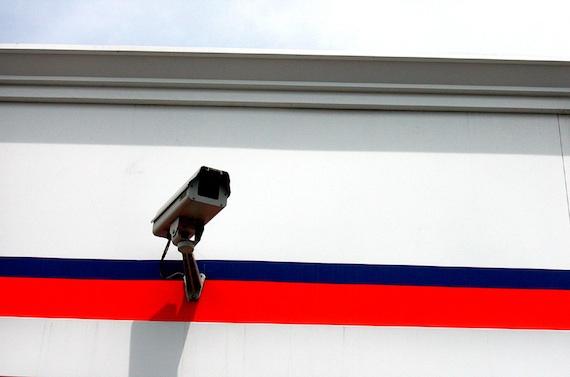Image by Live Maps
After being all but declared dead, Charleston's trash incinerator is showing signs of life.
Two months ago, it was decided the facility was no longer viable not only for its cost, but because of environmental impact. The facility burns everything that gets throw in the trash, including batteries and light bulbs. While the facility does use charcoal and static-electricity-based filters, some 129 pounds of mercury are put into the environment (enough to beat most of the state's coal-fired power plants) and the plant is potent source of dioxins.
Closing the plant would shift the trash burden to area landfills, and some officials estimate this would cause the West Ashley landfill to be full in nine years. Opposition to such a situation by residents has made the incinerator seem more attractive.
This outcry prompted Veolia (the incinerator's operator) to propose adding a $10 million "bag house" vacuum to decrease mercury emissions by 70 percent, to about 38.7 pounds, and cut particulate emissions in half. Charleston County's Solid Waste and Recycling Department has showed interest in the plan.
On the other side, though, the plan would require a 20-year commitment to continue using the facility. And, while it might seem attractive today, future federal capping on emissions and credit schemes could cost the county a bundle.
Others point out that if neither landfills nor incinerators are ideal, we could make more efforts to recycle or simply throw away less. The Charleston City Paper writes:
Kevin Richardson, a local soil and waste expert and a member of the subcommittee on waste and recycling for the city of Charleston's Green Council, worries that such agreements will preclude future efforts to pick up recycling from businesses, a service currently not offered by the county. Ideas like weighing household trash with a scale on the truck, and charging users accordingly, might also be discouraged.
Others point out we should look towards better ways of converting trash to energy, such as plasma-arc waste disposal, which would vaporize trash with few emissions.
The Montenay Incinerator, a waste-to-energy plant, was established in 1989 after Hurricane Hugo. The incinerator reduces about 230,000 tons of trash a year into 47,000 and, in the process, produces enough energy to power about 7,000-10,000 homes.


